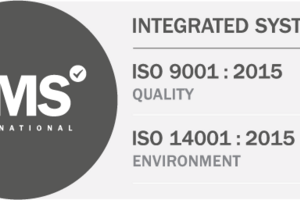02 September 2013
Commercial lighting firm questions LED 50,000-hour lifespan (Part I)
In this regular blog series, Bob Hall, the co-founder of Greenlite Lighting Solutions, makes sure you aren’t left in the dark about the lighting sector. This month, he cautions: LEDs may be a fantastic energy-saving option, but businesses need to be wary of grand claims about the technology.
As a green lighting specialist, there isn’t a day that goes by when I don’t hear glowing claims about LEDs. And, while I certainly don’t want to flick the dimmer switch on your enthusiasm for this energy efficient lighting technology, the number of manufacturers and suppliers claiming their LED lifespans are light-years ahead of the rest concerns me.
My first bit of advice is simple: be wary of suppliers that say their LEDs last for 50,000 hours without giving you the vital bit of extra information! LEDs are subject to something called lumen depreciation, which means that lamps emit less light over time. The industry ‘norm’ now is to give the lifespan assuming 70% lumen output at the end. Get this wrong and, after 50,000 hours, your staff will be needing torches!
In general, I am a little cautious of the industry-standard claim of 50,000 hours. Why? Well, LEDs haven’t been around that long, so how can we possibly know?! And it’s not just me that’s worried. Paul Stone, a senior litigation partner at a global law firm, notes that exaggerated claims leave lighting manufacturers and suppliers open to legal action if LEDs fail before their stated lifespan.
Luckily, a long life doesn’t have to be top of your LED checklist. Of course, lifespan is important, but my experience of the commercial low-energy lighting sector has shown that most organisations are looking to save energy, cut costs, reduce carbon emissions, meet energy-efficiency legislation – but also, most importantly, improve their quality of light. These goals can often be achieved using a range of different lighting technologies. Don’t be fooled into thinking LED is the saviour of the lighting industry. In some cases, it is better to use fluorescent or metal halide – horses for courses, really.
If you do decide LEDs are the way to go, remember to do your research – stress test the supplier. Do they really know their onions: How long have they had experience in dealing with LEDs? Can they back up their 50,000 hours claims? What will they do if they get failures – will they just supply new luminaires or will they go back to site and change them? Any reputable lighting supplier will be able to provide you with independent data on realistic lifespan figures. The key is to shop around and compare claims before you give the green light for purchase!
Join me next month for Part II, when I’ll be discussing what 50,000 hours actually means for your premises.


